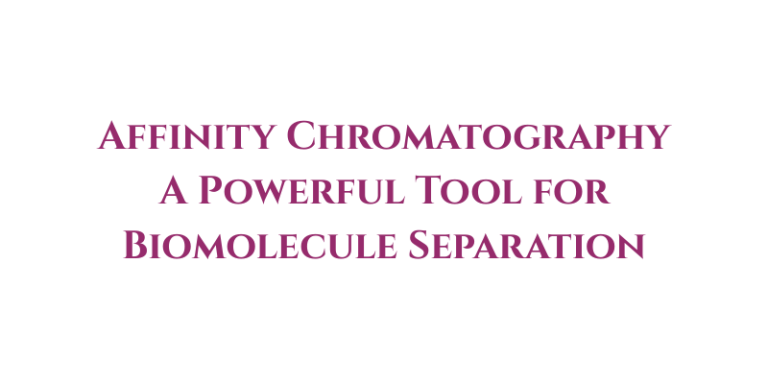Tips for Optimizing HPLC Method in Pharmaceutical Analysis
Discovering straightforward tips for success in optimizing HPLC methods:
1. Use the appropriate column for your analytes and separation goals.
2. Optimize the mobile phase composition, including solvent type and concentration.
3. Adjust the pH of the mobile phase if necessary.
4. Optimize the flow rate to achieve optimal separation and resolution.
5. Use the appropriate injection volume for your analyte concentration.
6. Optimize the sample preparation technique to minimize matrix effects.
7. Minimize dead volume in the system to improve peak shape.
8. Use guard columns to protect your analytical column from contamination.
9. Optimize column temperature to improve separation efficiency.
10. Choose an appropriate detector for your analytes (UV, fluorescence, etc.).
11. Optimize detector wavelength or settings for maximum sensitivity.
12. Use appropriate internal standards or calibration standards for quantification.
13. Minimize system noise by using high-quality solvents and filters.
14. Regularly clean and maintain your HPLC system to prevent contamination and ensure optimal performance.
15. Use gradient elution when necessary to improve separation of complex samples.
16. Optimize gradient slope and duration for best results.
17. Consider using pre-column derivatization techniques to enhance detection sensitivity or selectivity.
18. Minimize sample carryover by thoroughly flushing the system between injections.
19. Validate your method by performing system suitability tests regularly.
20. Keep detailed records of method development and optimization experiments for future reference or troubleshooting purposes.
21. Consider using automated software tools for method optimization, such as Design of Experiments (DOE) approaches or simulation software programs specific to HPLC methods.
22. Stay updated with current literature, conferences, and seminars on HPLC method optimization techniques to incorporate new advancements into your workflow.
Read also: pH and pKa Concepts in Method Development by HPLC







